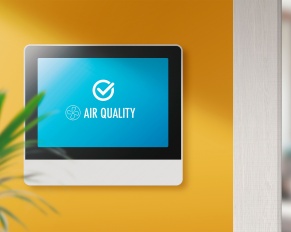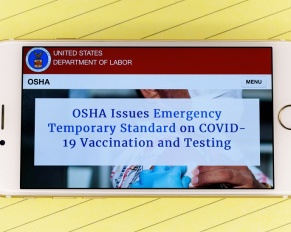Microplastics have become a significant environmental concern in recent years. These tiny plastic particles, measuring less than 5mm, are found…


Microplastics have become a significant environmental concern in recent years. These tiny plastic particles, measuring less than 5mm, are found…

New York City Residents spend almost 90% of their time indoors, but too many of them overlook their indoor air…

New York City residents get exposed to poor indoor air quality (IAQ) pretty often, and that can lead to numerous…

Choosing the right doctor is a critical decision for your overall health and well-being. With a ton of factors to…

Living a healthier life is akin to making regular deposits into a savings account: the more you invest, the greater…

Originally posted on: https://howtobuzzz.com/the-hidden-health-risks-of-tap-water-navigating-safety-in-our-daily-lives/ In developed countries, tap water is often considered a safe and convenient resource. However, beneath the…

Originally posted on: https://commonmedicalquestions.com/heavy-metals-in-chocolate/ For a lot of us, chocolate is more than just a dessert. Chocolate is a mood…

Following through on President Biden’s promise to force private employers with 100 or more employees to implement vaccination-or-testing mandates for…

Back in December of 2019, a survey by the Associated General Contractors of America predicted that there would be an…

While indoor shopping malls in New Jersey limped back to life at the end of June, the return of customers…